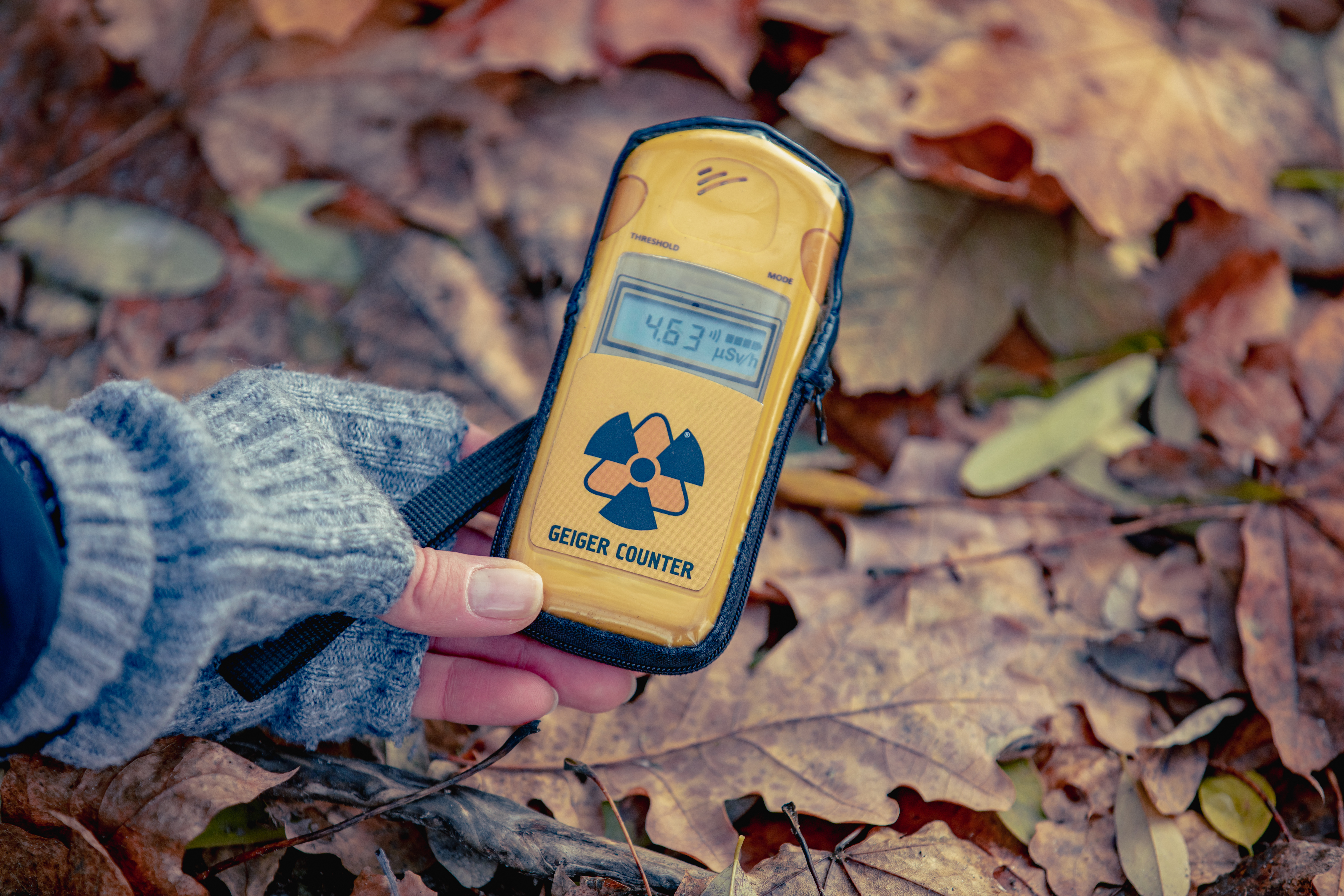Introduction
___
Capacity to examine hydraulic and biogeochemical drivers behind radioactive waste migration and trial novel, field-based remediation technologies based on a comprehensive understanding of the underpinning science.
Issue: Legacy radioactive waste sites
___
- Legacy low-level radioactive waste (LLRW) sites are common around the world, including Little Forest Legacy Site, Sydney Australia
- They frequently contain radionuclides (e.g. Pu, Am and U) along with a range of co-disposed inorganic (heavy metals) and organic contaminants
- Understanding contaminant interactions and mobilisation pathways is essential for their future remediation
Biogeochemistry and hydrology tools
___
- Multiple analytical tools (e.g. shotgun metagenomics, α & γ spectroscopy) have been used at the Little Forest site to identify biogeochemical drivers
- Coupling this with reactive transport modelling allows further understanding of hydraulic mobilisation pathways (see diagram above)
Remediation technologies: Laboratory to field-scale
___
- In conjunction with the Australian Nuclear Science and Technology Organisation (ANSTO) we are in the process of constructing full-scale replicate trenches at the legacy LLRW site which we are subjecting to relevant remediation measures (see photo on the left)
- Specific remediation scenarios investigated include engineered capping and in-situ stabilisation (via colloidal silica grouting)
- Field trials will enable a comprehensive feasibility assessment (scientifically robust) of different remediation strategies prior to implementing on the actual waste form



